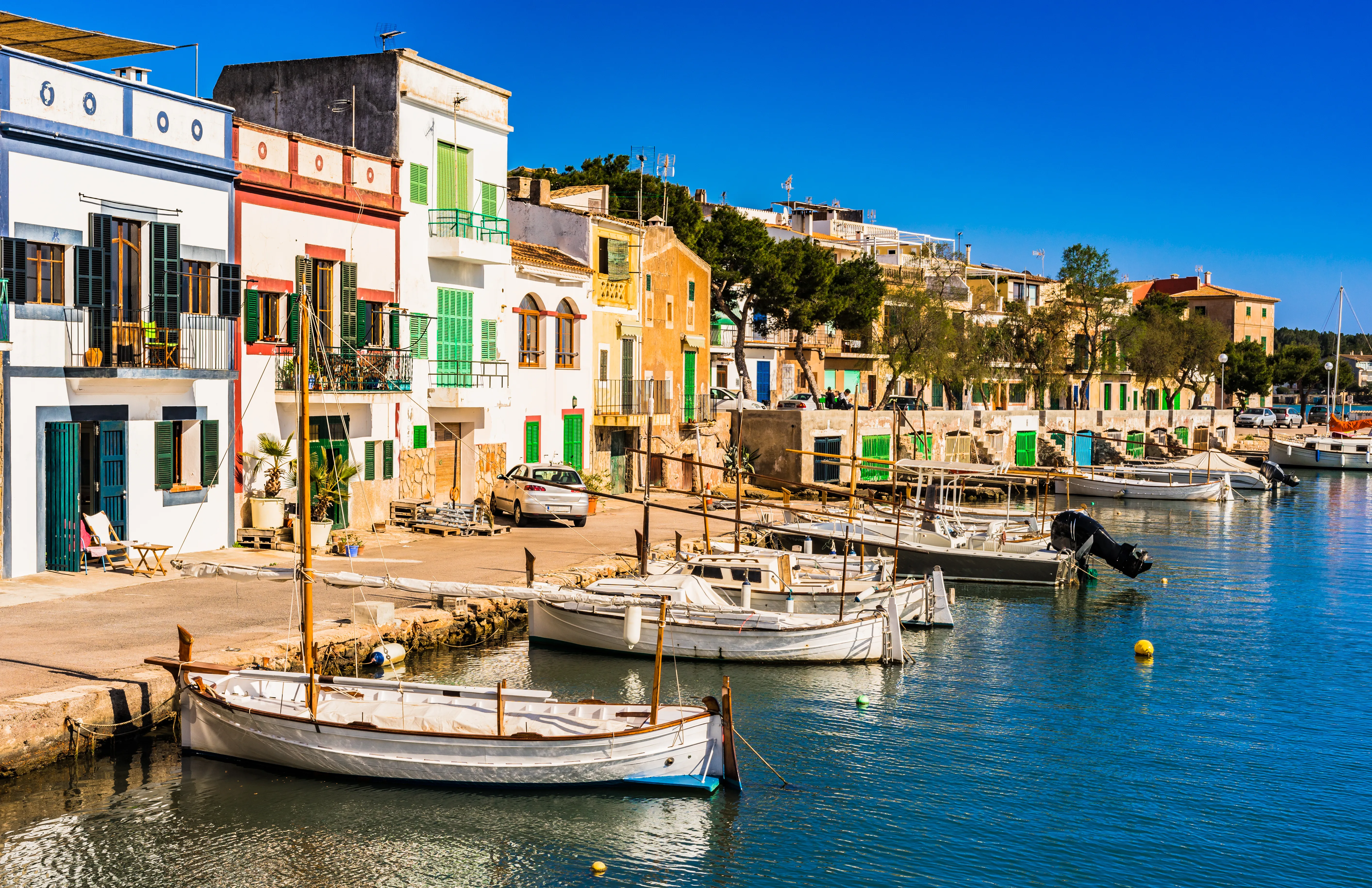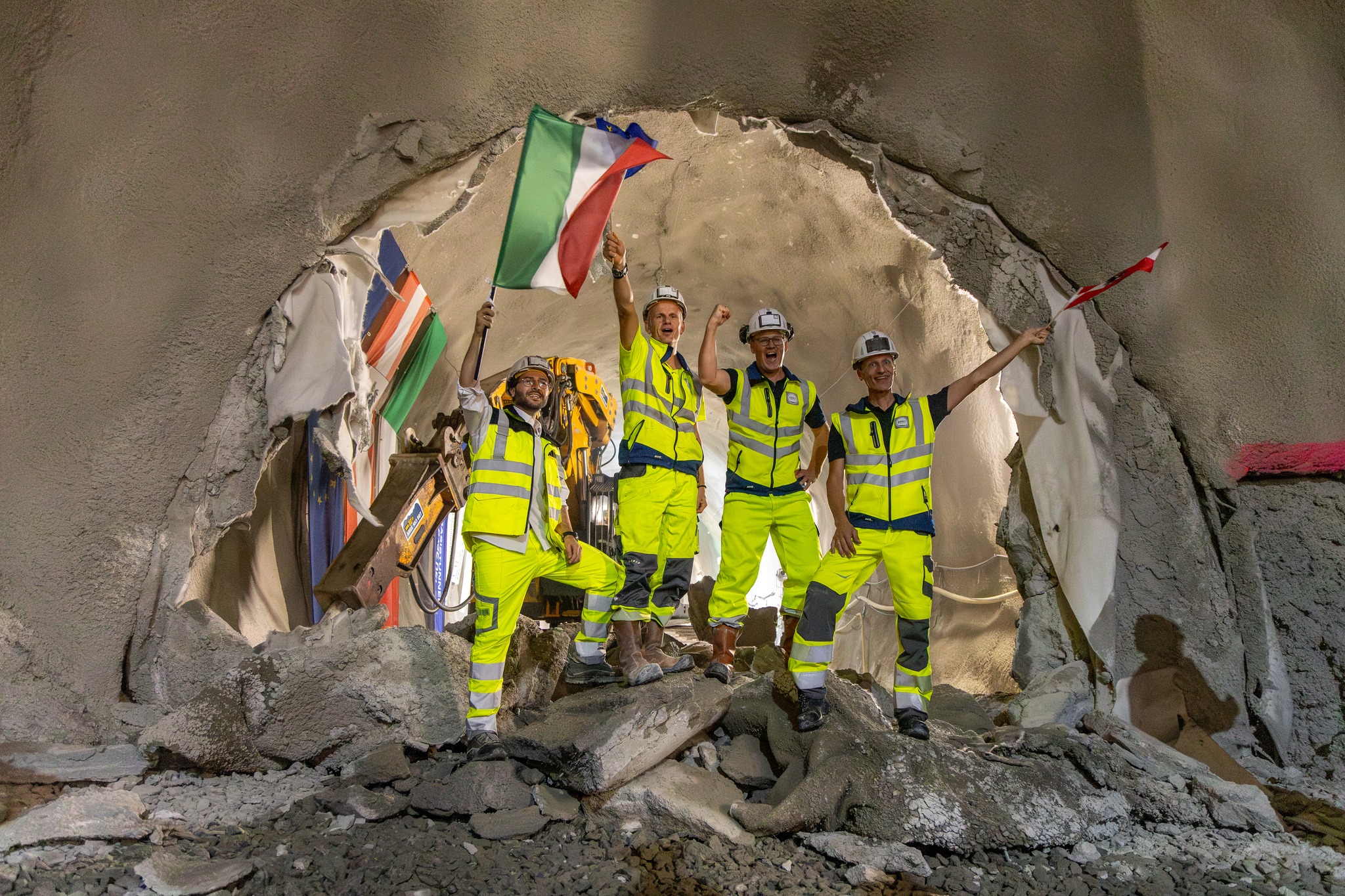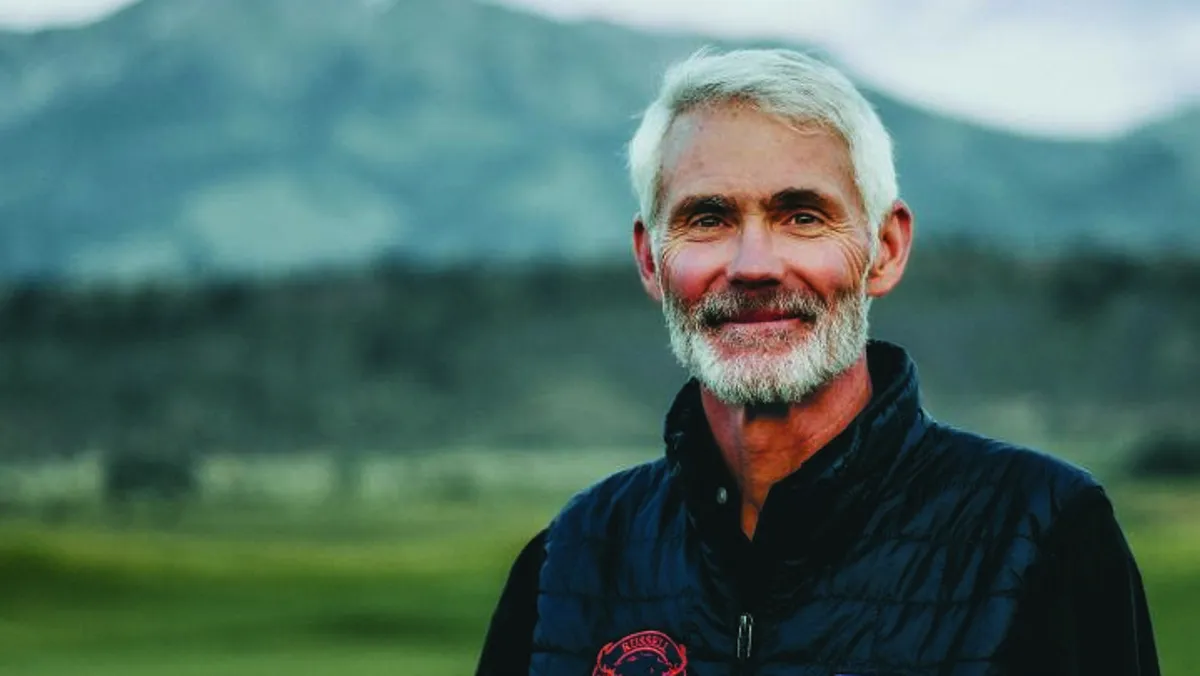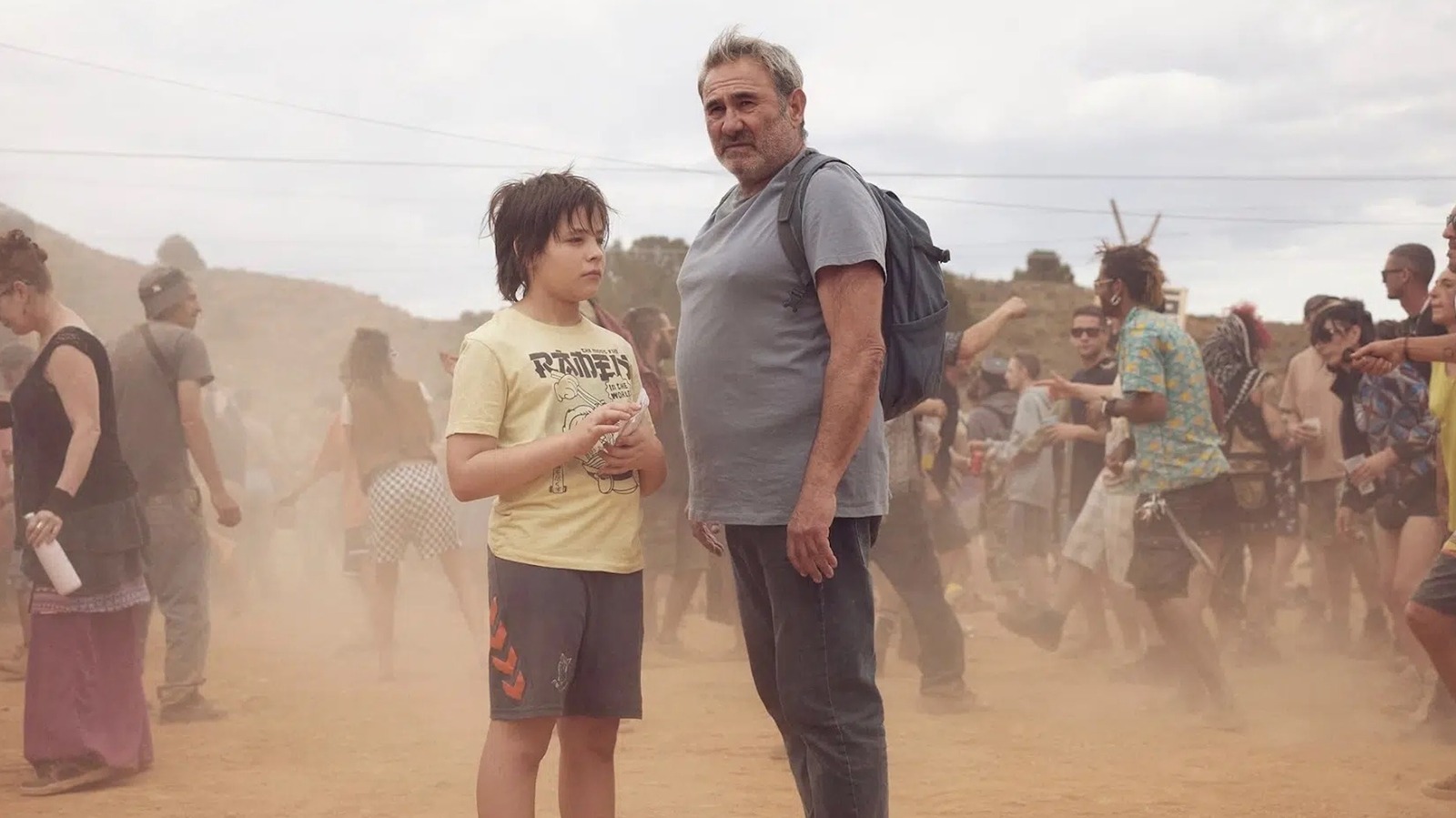By Alice Murphy
Copyright metro

Not everywhere is as busy as Palma (Picture: Shutterstock)
Mallorca, the ever-popular star of the Mediterranean, is the stuff of holiday dreams: ravishing beaches, hidden coves, turquoise waters and soulful, bohemian towns.
But in recent years, some of its best-known destinations, such as Deià, Cala d’Or, and the vibrant capital Palma, have been getting pretty crowded.
Amid protests against mass tourism and a deepening housing crisis, the local government has also introduced a slate of rules for visitors — a ban on drinking in the streets and a cap on tour group numbers, to name two.
But the most popular of Spain’s Balearic Islands still has plenty of secrets waiting to be uncovered, if you’re willing to go off the beaten path.
I sat down for a Zoom call with Ian Rutter and Andrew Watson, Granada-based travel agents who have spent a lot of time in Mallorca, to learn about their favourite villages that tourists often miss.
Hidden away in the agricultural region of Pla de Mallorca is Muro, a traditional rural town that dates back to 1232.
It has a Gothic church and a 17th-century convent that are worth visiting, plus a food market on Sunday mornings, and an arts and crafts market on the nearby beach most Wednesday nights.
That beach, though, is the real drawcard. Unspoiled and lapped by azure water, it backs onto a lagoon that is a designated nature reserve — no sunbed wars here.
Mallorcan gems even some Spaniards haven’t heard of (Picture: Metro / Datawrapper)
For Ian and Andrew, Muro is a bit like the land that time forgot.
‘Life goes on as it has done for decades,’ says Andrew. ‘Locals come out for the market in the village square and queue for ensaimadas [spiral sugar pastries] at the local bakery. It’s charming and tourists, where there are any, are but a small part of life here.’
The cheapest accommodation I could find for Muro, staying for the second week of October, was £70 per night, based on two adults and one child sharing.
This sleepy pueblo in the foothills of the Tramuntana mountains is just 30 minutes from Palma, but it feels like another universe, a million miles from the sleek marinas and polished resorts of Mallorca’s capital.
There are very few shops, but there is excellent terrain for cycling, Ian tells me, plus a stunning Baroque church and caves with underground lakes.
(Picture: Shutterstock)
The town has managed to hold onto its sense of community, too. When they stopped there on a Sunday evening, Ian and Andrew found a square filled with locals enjoying the remnants of a long lunch.
‘There was very little sign of overtourism,’ Ian added.
‘We cycled from Campanet to get to Platja de Muro, and barely saw a car.’
The cheapest accommodation I could find for Campanet, staying for the second week of October, was £136 per night, based on two people sharing.
Inca, Mallorca’s third-largest town, is best known as the ‘city of leather’ thanks to a centuries-old history of leather making that lives on today.
Located inland in the Raiguer region of Mallorca, Inca is largely residential, full of Mallorcans living side by side with a small but vibrant expat community.
While this is much more of a commercial town than Muro or Campanet (it’s the home of Camper footwear), Ian and Andrew tell me there is an emerging food scene and several bodegas well worth exploring.
@mallorca_maiki Mallorca | Playa de Muro ☀️ #mallorca #spain #beachvibes #playademuro #malle ♬ TOO SWEET X RIVERS BY ALTÉGO – ALTÉGO
One standout is Joan Marc, a Michelin Guide recommended restaurant that serves up seasonal tapas using local Mallorcan ingredients (we’re talking sheep’s cheese, pork with pomegranate, sun-dried tomatoes and seafood, of course).
The cheapest accommodation I could find for Inca, staying for the second week of October, was £131 per night, based on two people sharing.
A couple of kilometres inland from the north-east coast of Mallorca is Artà, a picturesque town in a corner of the island that’s still relatively undiscovered.
It has the distinction of being the first in the Balearics to be certified a Cittaslow municipality, which means it has a high quality of life.
For Ian and Andrew, the attraction here is the proximity to unspoiled beaches (they recommend Cala Mesquida and Cala Ratjada) and the beautiful remoteness of the region.
The Cala Llombards beach in Mallorca (Picture: Shutterstock / Mazur Travel)
‘If you hike from Pollenca to Cala Bóquer, you would be unlucky to meet another person. One afternoon, the only company we had was the local herd of goats who took great delight in examining our picnic,’ says Andrew.
The cheapest accommodation I could find for Artà, staying for the second week of October, was £88 per night, based on two people sharing.
Another inland gem in Mallorca’s southeast, Felanitx is steeped in history, with a medieval monastery and impressive Gothic architecture.
It’s now the centre of the island’s second-largest wine region, and the pottery isn’t half bad, either.
‘Life is, and always has been, about agriculture here, and it’s far enough from the coast to dissuade hordes of sea and sand tourists, so life remains fairly undisturbed, apart from the passing-through of cyclist,’ says Ian.
The cheapest accommodation I could find for Felanitx, staying for the second week of October, was £103 per night, based on two people sharing.
All prices quoted are from Booking.com, based on arriving on 6 October 2025 and checking out on 13 October 2025.



